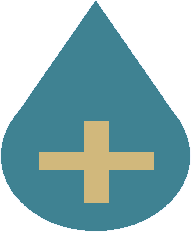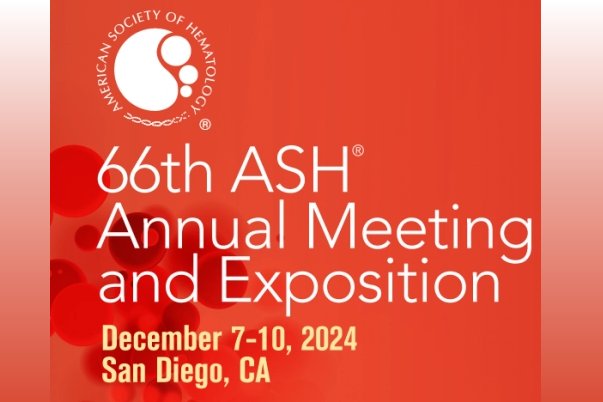High-risk smouldering myeloma
The Aquila Study randomised 390 patients with high-risk smouldering myeloma to receive either sub-cutaneous daratumumab every 28 days or active monitoring for up to 36 months or until their condition progressed to myeloma.
High-risk myeloma was defined as patients with features that had them at more than 50% of developing myeloma within 2-years.
At a median follow-up of five and a half ears daratumumab cut the risk of disease progression to myeloma by half (from 63% to 40.8%)
Mantle cell lymphoma
The ENRICH trial randomised 398 patients over the age of 60 years with untreated stage 2 to 4 mantle cell lymphoma to ibrutinib and rituximab (IR) or to chemotherapy (BR – bendamustine/rituximab or R-CHOP – rituximab, cyclophosphamide, adriamycin, vincristine, prednisolone).
Patients receiving IR had a significantly better progression-free survival (PFS) than those receiving chemotherapy. When the individual chemotherapy regimens were compared with IR, BR fared comparably but IR outperformed BR.
These results suggest that R-CHOP use is likely to reduce in the treatment of MCL leukaemia and that a non-chemotherapy option IR maybe an effective alternative to chemotherapy.
Relapsed/refractory follicular lymphoma (R/R FL)
The phase 3 inMIND trial randomised 548 patients with r/r FL to tafasitamab, lenalidomide and rituximab (TLR) or lenalidomide and rituximab (LR). The overall response rate and PFS was improved in patients receiving TLR 83.5% vs 72.4% and 22.4 months vs 13.9 months respectively. TLR could become a new standard of care for patients with r/r follicular lymphoma.
For more information on the American Society of Haematology, please go to https://www.hematology.org/meetings/annual-meeting

